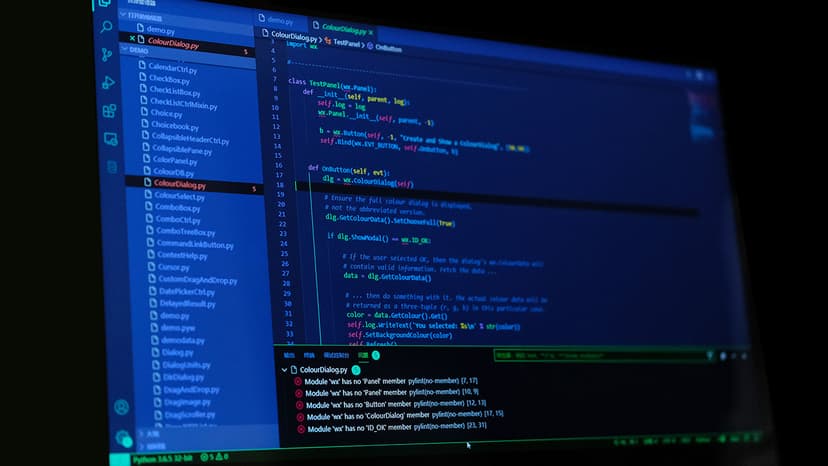Understanding Work Orders in Contracts
When you hire someone to perform a service, whether it's fixing your air conditioning or building a website for your business, clarity on what needs to be done, how it will be accomplished, and the cost associated is crucial for a smooth transaction. This is where a work order in the context of a contract comes into play. It's the blueprint for the job, outlining each detail to ensure everyone is on the same page.
What is a Work Order?
At its core, a work order is a document issued by a client or company to authorize work to be done by a contractor or service provider. Think of it as a written command — it might not be as official as a full-fledged contract, but it carries weight because it lays out the specifics of the task at hand. This document typically includes descriptions of the services or jobs to be provided, the materials needed, the timeline for completion, the cost, and other related details.
Why Are Work Orders Important?
A work order serves several purposes:
- Clarification: It removes ambiguity from what is expected. When a work order is clear and detailed, the contractor knows exactly what is required.
- Authorization: It gives the contractor the necessary approval to begin work, providing a sense of security that the job is sanctioned and payment is expected upon completion.
- Tracking: It helps track progress and manage expectations for both parties involved. If there are multiple jobs or tasks, a work order can help ensure that nothing gets overlooked.
- Budgeting: It assists in financial control, as work orders often include detailed cost estimates for labor and materials, which helps in budgeting and financial planning for both the client and the contractor.
- Legal Protection: Should disputes arise, a work order can serve as evidence of the agreed-upon terms.
Components of a Work Order
A quality work order contains certain elements that define its scope and purpose. These typically include:
- Client and Contractor Information: Names, addresses, and contact details for both the issuing party and the receiver.
- Work Description: A detailed explanation of the work to be done, including any specific instructions or requirements.
- Materials and Equipment: A list of all materials and equipment necessary for the job, which may also include who will provide them.
- Timeline: Dates for when the work should start and an expected completion date.
- Cost Details: Pricing for the work, including the rate for labor, cost of materials, and any other expenses. This can also include payment terms.
- Signatures: The document is often signed by both the issuer and the receiver, indicating agreement on the work order's terms.
Work Order Management
For businesses that deal with numerous work orders, managing them can be a challenge. Modern companies use specialized software to keep track of everything. For instance, companies like IBM and Microsoft leverage cloud-based solutions for project and work order management, integrating them with inventory, billing, and customer relationship management tools. Popular work order management systems include ServiceTitan, Jobber, and CoConstruct, which provide user-friendly interfaces for tracking work orders efficiently in real-time.
If you think your business might benefit from such a system, you could visit the websites of these companies and explore their solutions. These systems not only help manage work orders but can also integrate with inventory, billing, and customer relationship management tools.
The Crucial Role of Communication
Regardless of how detailed a work order is, it's the communication between parties that often matters most. Ongoing dialogue, particularly through phone calls, emails, or project management tools, helps address any issues that might arise during the execution of the work. Both parties should feel comfortable asking questions and providing updates to ensure that the job is completed to satisfaction.
When Things Change
Sometimes things don't go as planned. If the scope of the work changes after the work order has been issued, it's essential to issue a revised work order or an addendum. This should be documented and agreed upon as scrupulously as the original agreement to maintain clarity and avoid misunderstandings. The use of electronic work order systems also often allows for easy modifications and tracking of changes to the original work order.
A work order is an instrumental tool in the realm of contractual work. It brings structure and clear expectations to the job at hand, laying the groundwork for a successful partnership between client and contractor. When crafted carefully, it paves the way for an efficient workflow and timely completion of tasks. Whether formalized on paper or managed through sophisticated software, the humble work order is an unsung hero in the world of contractual agreements.












